New Product – Mini Ultra 8 MHz Plus
Mini Ultra 8 MHz Plus is finally out for sale. The design went through several iterations before the final version (from the full feature white board on the left of the image above to the final version on the most right). We want the cost to be optimized in order for people to be able to deploy them in bigger volume applications like for example wireless sensor network. So, we had to strip off some on of the feature available on the initial design. Having an Arduino board factor allows you to test them with available shields in the market before you eventually make a power optimized version of that shield as not many shields out there are optimized for low power applications.
We have a small batch of them available now for sale with the larger batch coming later by end of March.
Here’s a Mini Ultra 8 MHz Plus with a custom XBee shield stacked on top:
Program or sketches can be loaded using the usual FTDI USB-TTL adapter:
Warning: Please take note that the available documentation on Mini Ultra 8 MHz Plus is currently very thin (there are only schematic and design files available as a start). We promise we’ll put more effort on the documentation once the manufacturing of the bigger batch is completed.

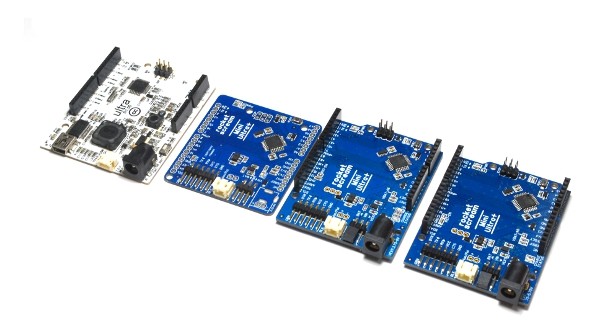
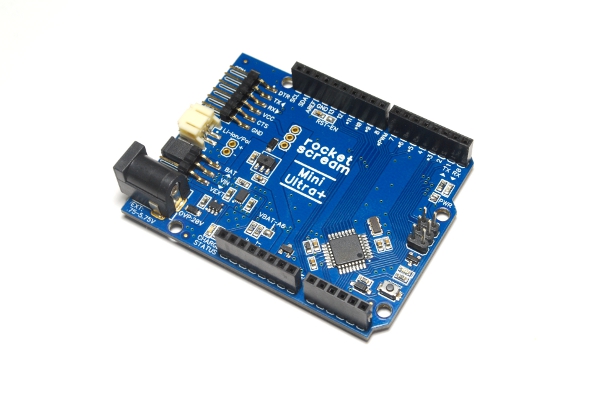
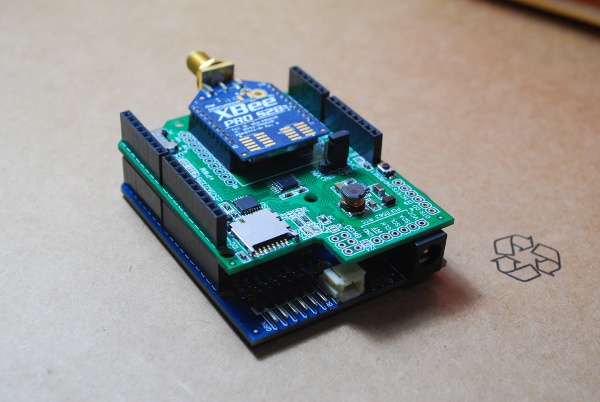
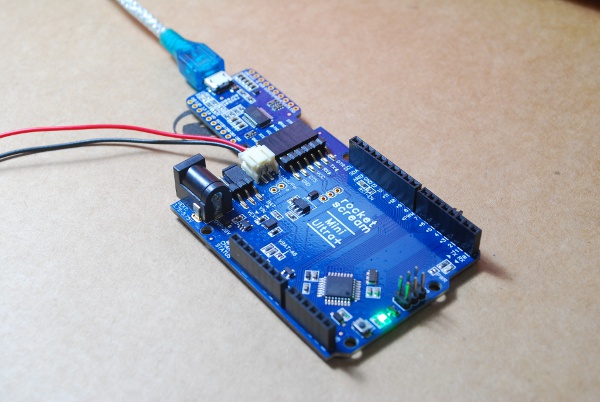
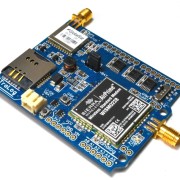
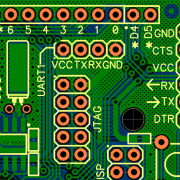
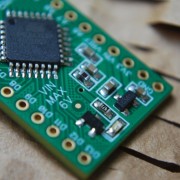
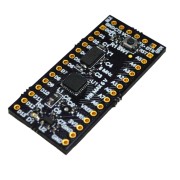
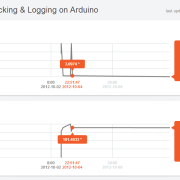
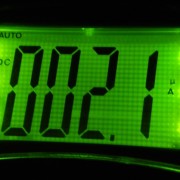
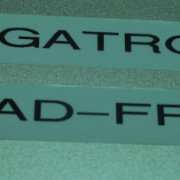







what bootloader need it to load on the mini ultra+ ?
The board comes preloaded with Arduino Pro or Pro Mini (3.3 V, 8 MHz) w/ ATMega328. 🙂
What fuse settings do you use? By default I think the Arduino Pro Mini has CKSEL = 1111 and SUT = 11 which gives 16K CK startup time from power-down and 14CK + 65ms from reset. Could it be set to 1K CK startup time from power-down with no effect as you are using a ceramic resonator? Reason I ask is that I’m making a device which will wake from sleep every 64ms (WDT) to check if it needs to do something and I’d like the wake time as short as possible, what do you think?
Yes, the default fuse as you have mentioned is used. Using 1K CK would be fine if you are either waking up from power down or power save mode. But, you would have to take care during a reset or power up as it might be too short delay for the oscillation to become stable.
Thanks for that, and also for the low power library – it has been very useful.
I noticed you are using an Xbee Pro with the Mini Ultra Plus in the picture above. Does the MCP1700 regulator overheat when using it?
The SOT-89 package of the MCP1700 should be able operate up to 250 mA without overheating. But, the XBee shield uses another regulator stepping down from external VIN as the custom shield was meant to support power hungry XBee series like the 868 MHz too.